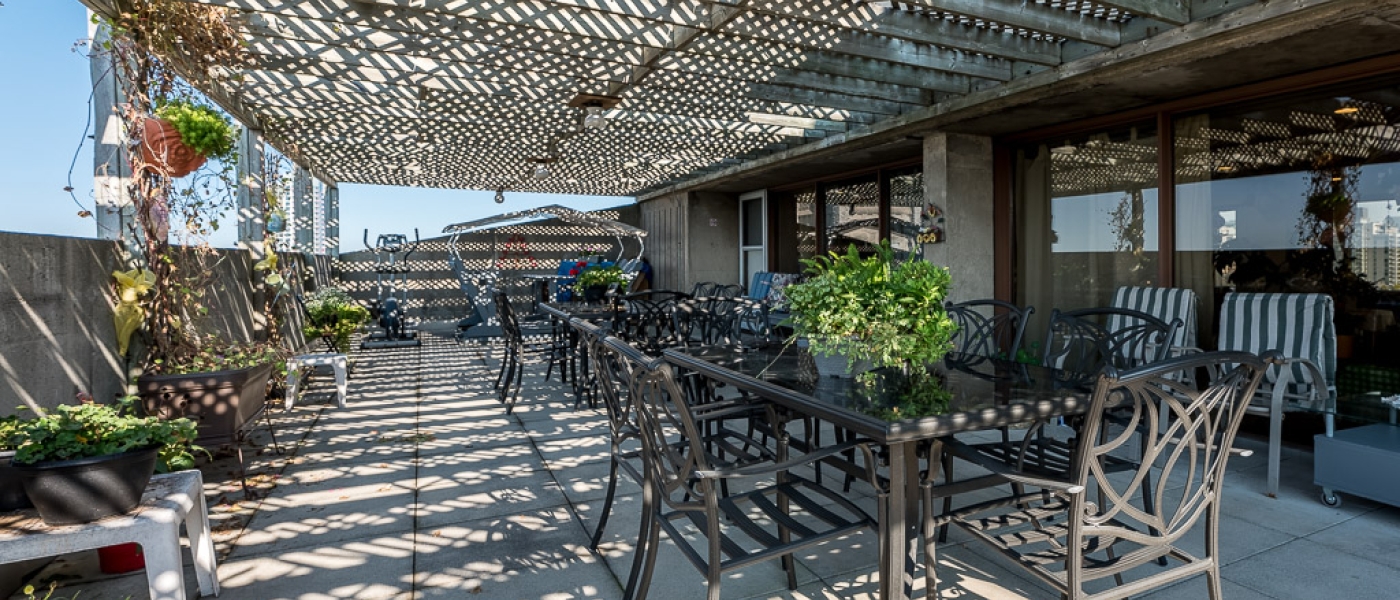
Good planning is the secret behind a building that doesn’t look its age. Without a plan, your co-op can’t know how much you’ll need to save for major repairs. Until you know this, you don’t know what your housing charges should be.
Your plan begins with a recent building condition assessment that tells you what shape your property is in, what work your co‑operative will need to do—and when. A capital reserve plan is the next step, setting out the estimated cost of the work and how much you should to put aside each year to pay for it.
Your co-op also needs a capital budget for up to five years that lays out the big-ticket spending on your property. Refer to your capital reserve plan and figure out what you need and want to do. Try to include at least one nice-to-have among the priorities because your members need roses, as well as bread. You know from your reserve plan how much money you’ll need each year for capital work, so decide to save or borrow it and adjust your budget to reflect your decision.
Help with planning is available from the Co-operative Housing Federation of Canada and a number of regional federations.